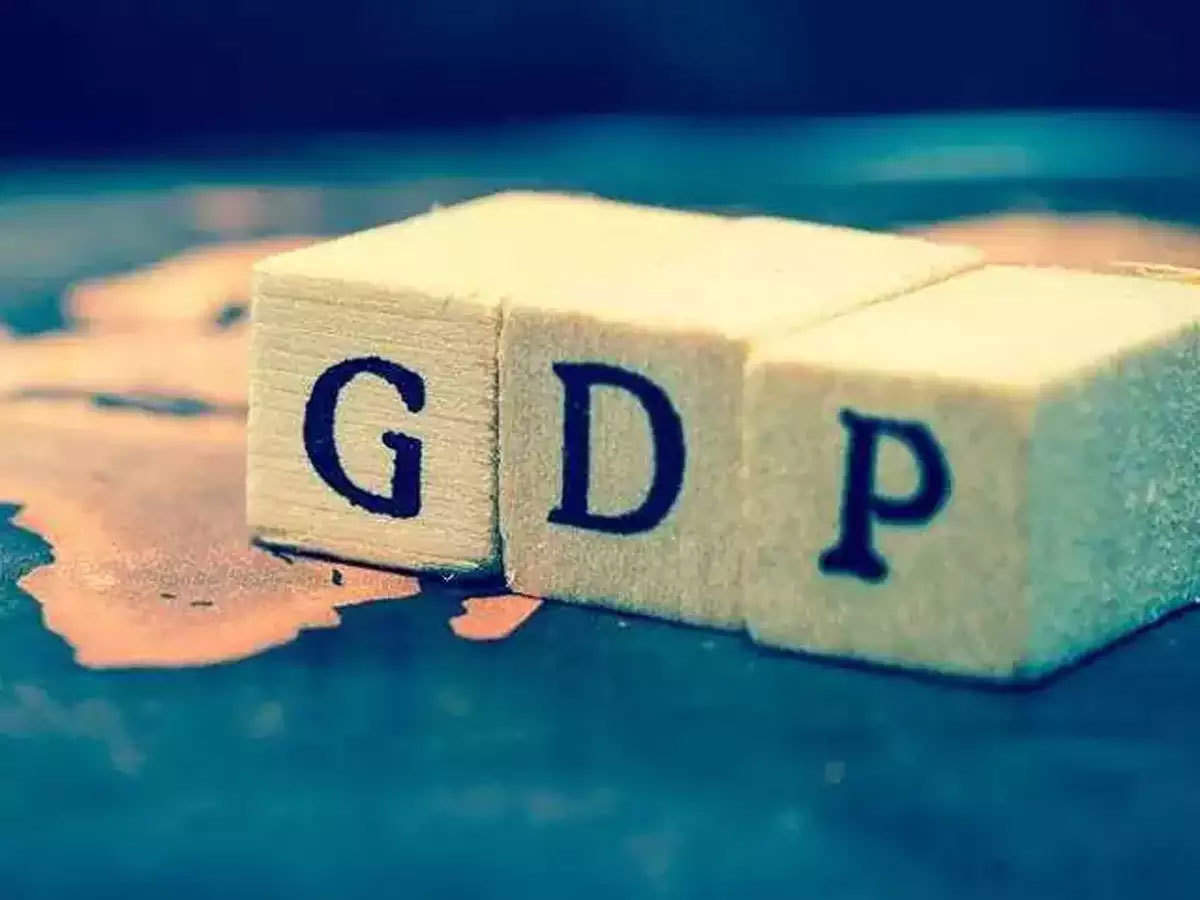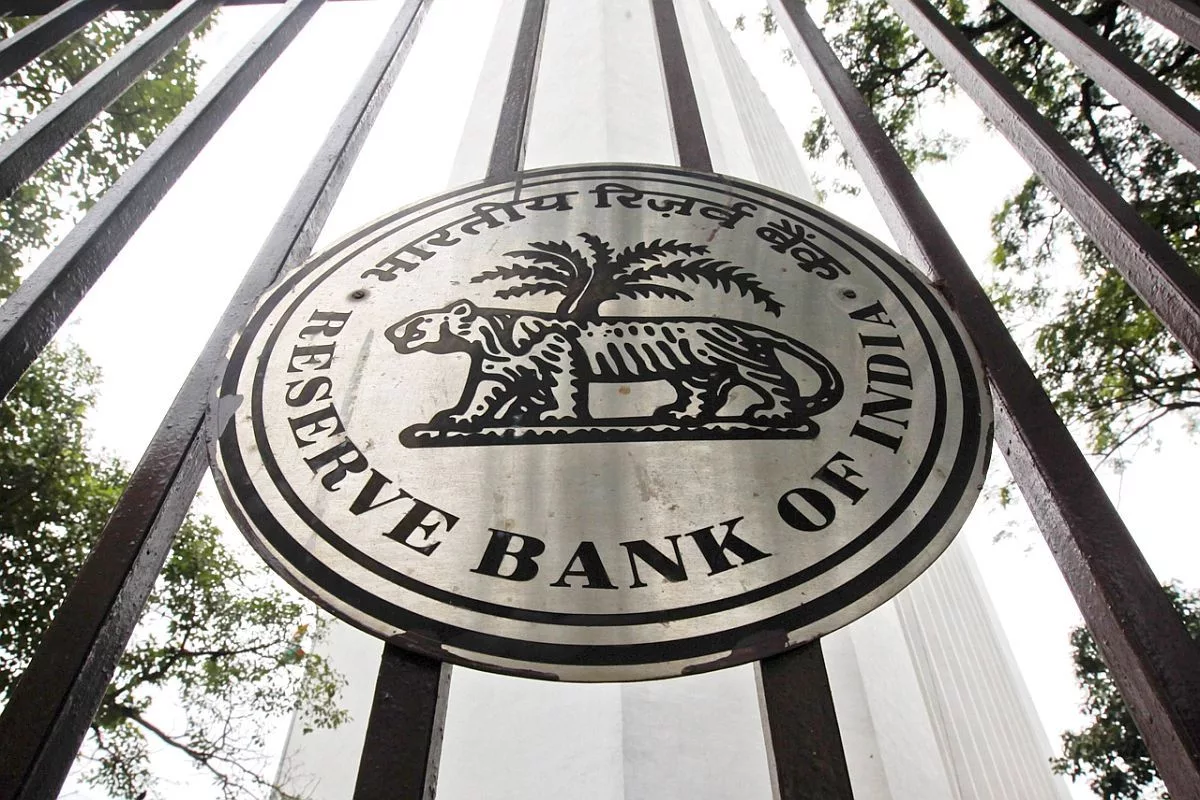India’s GDP To Grow At 7 Percent In The FY23, Q3 Shows Slowdown In The Economy Due to Declining Global Demands
The GDP growth is predicted at 7 percent for the financial year 2022-23. India’s GDP growth has increased significantly to 8.7 percent in the year ending on March 2022.

Predictions have stated that India’s GDP or gross domestic product may increase by 7 percent in the financial year 2022-23. The data has been stated based on the second advanced estimate revealed by the Ministry of Statistics and Programme Implementation.
The ministry has even demonstrated the revised estimate of the economic growth for the financial year 2021-22 at 9.1 percent. The GDP was recorded at 8.7 percent in May last year. The GDP growth is predicted at 7 percent for the financial year 2022-23. India’s GDP growth has increased significantly to 8.7 percent in the year ending on March 2022.
At the same time, India’s economic growth has plummeted to 4.4 percent in the third quarter of 2022-23. The decline in value has been recorded because of the increase in interest rates by India’s central bank that has hampered the demand, and the weakness in the manufacturing sector has continued.
The RBI estimates have shown that the nation’s Q3 GDP rate is at 4.4 percent, which is below the consensus of the estimates contributed to the upward revision of the base. The GVA has increased by 20 bps compared to the GDP. The private final consumptions have not been on par with the expectations during the quarter. However, the Gross Capital Formation at 8 percent has been proven to be encouraging. It has been stated by the head of Research at LKP Securities, S Ranganathan.

The economy has risen by 11.2 percent in October-December 2021 and by 6.3 percent in July-September last quarter. The National Statistical Office has revealed the data.
India’s manufacturing sector has declined by 1.1 percent in the quarter of the present year. The second decline has been showcased as the reflecting weakness in the demand of the consumers and exports. The continued monetary tightening policy and high inflation rates have resulted to weaken external demands.
In December 2022, the Reserve Bank of India lowered India’s GDP growth forecast to 6.8 percent. It has declined from 7 percent.
Furthermore, the central bank has increased its benchmark repo rate by 250 basis points since May, and the economists have predicted a further hike of 25 basis points contributing t 6.75 percent in April until it brings its halt until the end of the year.
The sharp decline in the year-on-year growth rate is due to the diminishing effects of the pandemic-induced scenario that has increased the growth rate in the fiscal year 2021-22.
India has a strong economy and is a bright spot in the world. India will grow by 6.7 percent in 2019, the highest growth rate among the G20 countries. The U.N. economist made the announcement.
The head of the UN Department of Economic and Social Affairs’ Economic Analysis and Policy division’s Global Economic Monitoring Branch has made the remarks.
According to the report, India’s GDP will increase to 5.8 percent in 2023.
Three main factors can be credited with India’s growth: In the last four years, India’s unemployment rate has decreased significantly to 6.4 percent, lower than in 2017. It suggests that the domestic demand has been robust.

Inflation in India has slowed and is now anticipated to be 5.4 percent this year and 5 percent in 2024. It implies that the central bank of India must implement a monetary tightening policy.
The third factor influencing India’s growth may be a decrease in import costs. The cost of energy imports has decreased from previous years contributed to the following factors.
Despite the expected 7 percent GDP growth in India and a present rate of 4.4 percent, it has outpaced China’s growth in the last quarter:

India’s economy has been growing despite the rising prices. The year-on-year rate of inflation has been recorded at 6.52 percent, which has outpaced the RBI’s goal of 6 percent. Meanwhile, China’s economy, the dominant economy in Asia has grown at a slower pace for the first time since 2016. The National Bureau of Statistics has stated that the nation’s annual GDP has been recorded at 17.94 trillion USD in the last year. This has marked the weak performance of China, which has been impacted because of the emergence of the covid-19 pandemic. The slowdown has been blamed on China’s zero covid approach and the reduced manufacturing demands globally.
The annual growth of China has reached below 5.5 percent, which is below the projected growth in the history of modern China.
edited and proofread by nikita sharma




